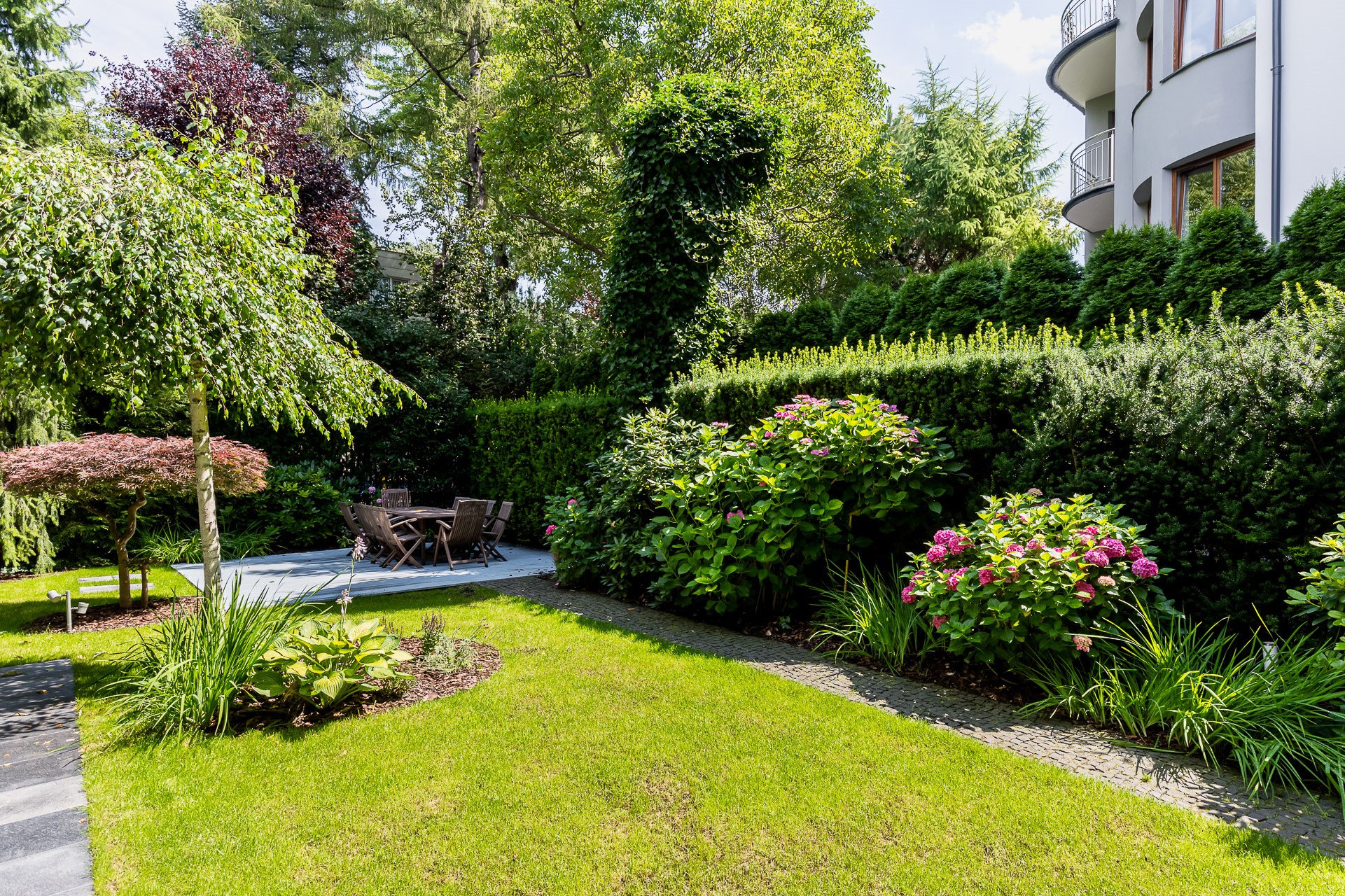Saska Kępa - green & welcoming
A charming district of low-rise buildings and greenery, featured in famous Polish song. Don't forget to visit Francuska Street!
Based in Warsaw, Poland
Based in Warsaw, Poland
General Info
Incorporated to become part of Warsaw in 1916, Saska Kępa has long maintained a reputation as being one of the most affluent suburbs in the capital. Notable for its often non-standard inter-war architecture and slow pace of life, its one-of-a-kind atmosphere has long been celebrated in Polish film and song, though perhaps never more famously than in the verses of the poetess Agnieszka Osiecka – this local heroine was an icon of Poland’s post-war cultural scene, and her impact on Saska Kępa is remembered by way of a life-sized statue that sits on the high street, Francuska. Brimming with cafes, boutiques and family-run grocery stores and florists, it’s on this street that one truly discovers the soul of Saska Kępa. However, walk beyond and visitors will find an area bristling with grand, gated embassies and handsome historical nuggets that survived the wartime occupation – set down peaceful, tree-lined avenues, these blissfully quiet side streets feel far-removed from the city centre.


Architecture & Property
Early modernism reigns supreme in Saska Kępa with the area long hailed by architecture buffs for its feast of buildings that date from the inter-bellum period. These are especially conspicuous along Katowicka and Obronców streets, though the area is equally revered for its neo-classical mansions. Most famous of these are the buildings that comprise Kolonia Laskiego, a horseshoe-shaped residential estate whose three-storey townhouses were purportedly built from rubble saved from the Tsarist Nevsky Cathedral after it was demolished in the 1920s.
History has a habit of following you here, but amid all the architectural jewels, small-scale luxury projects are rising wherever space can be found. Despite this, Saska Kępa’s character has remained perfectly intact, with the majority of new build specifically designed to act in concert with the pre-existing architecture.
Architecture & Property
Early modernism reigns supreme in Saska Kępa with the area long hailed by architecture buffs for its feast of buildings that date from the inter-bellum period. These are especially conspicuous along Katowicka and Obronców streets, though the area is equally revered for its neo-classical mansions. Most famous of these are the buildings that comprise Kolonia Laskiego, a horseshoe-shaped residential estate whose three-storey townhouses were purportedly built from rubble saved from the Tsarist Nevsky Cathedral after it was demolished in the 1920s.

History has a habit of following you here, but amid all the architectural jewels, small-scale luxury projects are rising wherever space can be found. Despite this, Saska Kępa’s character has remained perfectly intact, with the majority of new build specifically designed to act in concert with the pre-existing architecture.
Green Space
Saska Kępa’s northern perimeter is bounded by Park Skaryszewski, a 58-hectare space that was bestowed the honour of being Poland’s ‘best park’ a decade back. Founded in 1905, it’s a haven of criss-crossing paths, lush trees and blooming flowerbeds. Among its points of interest are a number of sculptures and monuments, as well as a vast manmade lake in which an RAF plane once crash-landed whilst on a wartime supply mission.

Particularly stunning during Poland’s golden autumn, the beauty of the park is counter-balanced by Saska Kępa’s left flank whose rough woodland provides a stark contrast to picturesque Skaryszewski. Backing onto the Vistula River, this eastern side contains a small scrubby beach that enjoys a second life as Warsaw’s favourite BBQ spot.


